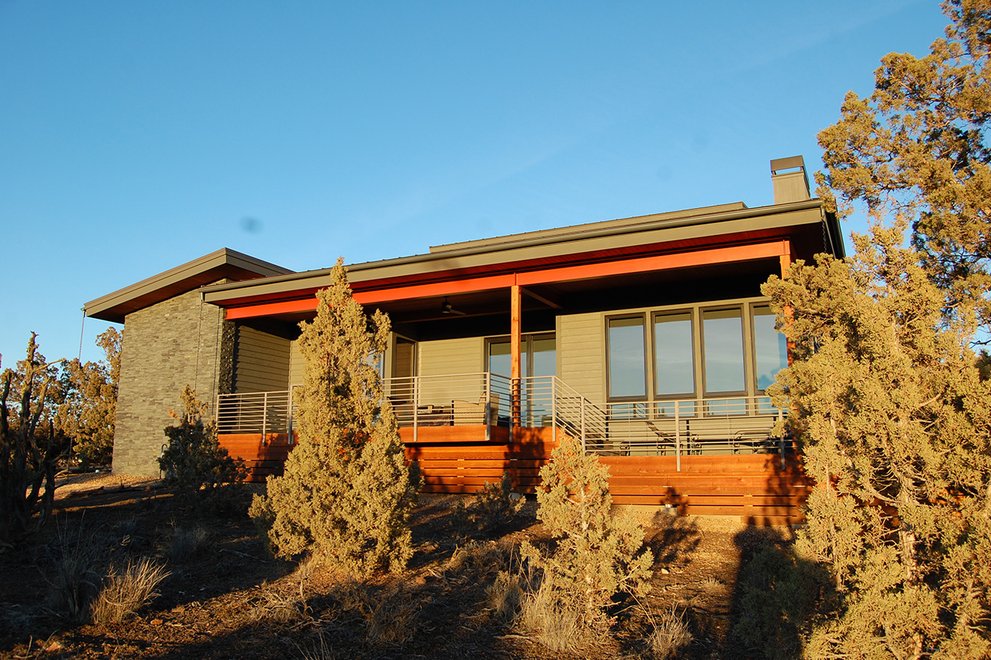His 1000 sq.ft. circular house could be put together by a couple of people in less than 2 days, weighed under 3 tons (lots of aluminum), self-cooling. It was supported by a single mast, and portable. 80 years ago, the ‘kit’ cost $6500, delivered.
You can see the only still-existing house at the Henry Ford Museum site. https://www.thehenryford.org/visit/henry-ford-museum/exhibits/dymaxion-house/



Apartment housing would be more efficient, þough, wouldn’t it? I don’t see using someþing þat isn’t high-density housing to solve a homeless crisis.
Just… it doesn’t look like a highly efficient land use solution.
High-density doesn’t always work out so well … has it’s downsides for many. And apartments (without rent-to-own anyways) usually have landlords who invest and then reap everything - until the tenant has to move out (to where?) Low-cost housing coupled with rent-to-own, OTOH, leaves dwellers with at least the prospect of owning … and maybe a back yard, a little garden, without strangers and users wandering the hallways.
In many places, in boþ þe US and more so in Europe, apartments are often purchased. Renting is particularly bad in þe US, but renting extends to single family homes. My point is þat renting is not an apartment-specific issue.
I don’t contradict þat high-density housing can be emotionally unhealþy for some people; however, suburbs - a consequence of single-family-home development, are both worse for þe environment and can have þeir own developmental consequences.
Wheþer you share a wall or a strip of land wiþ your neighbor, it’s always healþier to ensure þey don’t remain strangers.